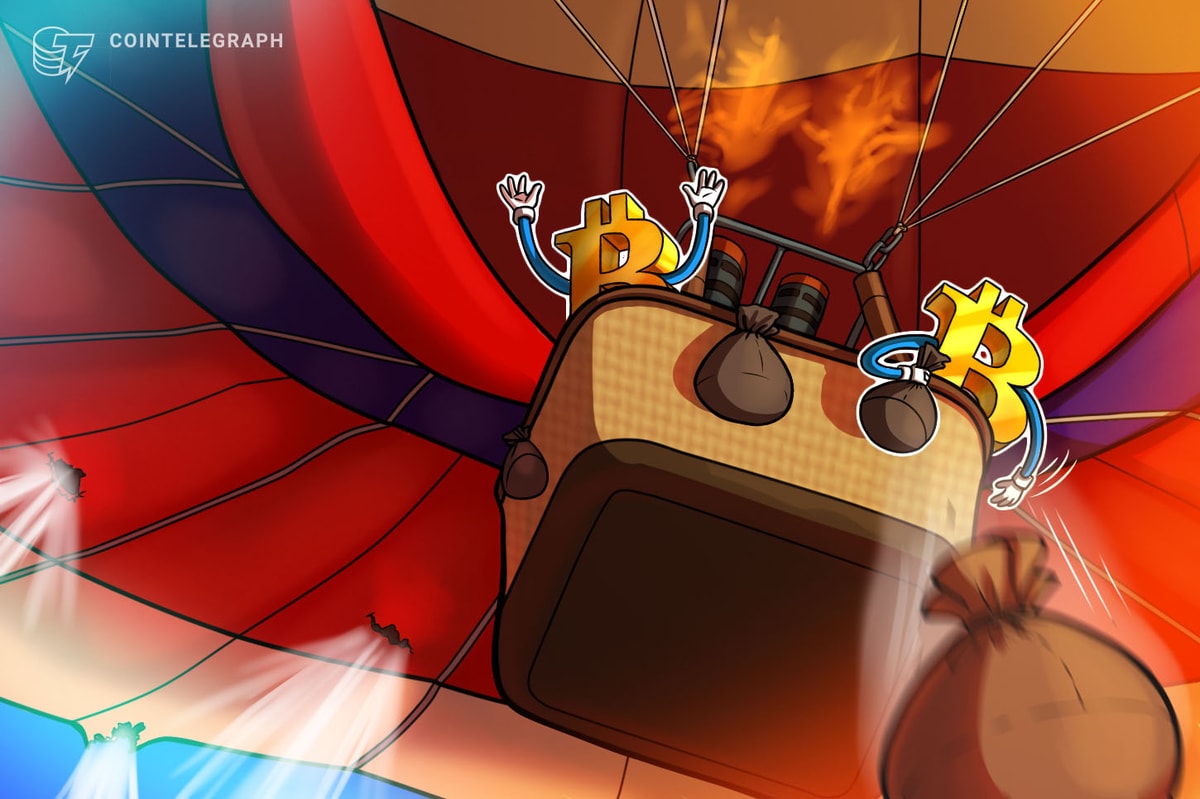Woman seamlessly shopping and paying for items in the meta verse
I was fascinated with the concept of the Metaverse when I first read Neal Stephenson’s Snow Crash in the 90’s. At the time, I was the CEO of The Imagination Network, the top online social games company, with a remarkable team that, inspired by the book, built one of the first 3D virtual worlds—a Metaverse called CyberPark.
CyberPark had most of the components that are emerging in the market now—fun filled environments with avatars, currency, and merchandise. In my latest Web3/Meta keynote, I have a slide comparing what we built—decades ago—and what companies, like Facebook, Roblox and many others, are prototyping now. Whether at a public conference or a large internal corporate event, the audience looks at the then and now slide and says: “ I can’t see much of a difference…visually.” Even the industry leaders who can tell the difference will admit that the march to building mass-market 3D virtual Worlds has been long and slow, and still consists of lucrative niche markets.
That is all about to change, as we experience a perfect storm of enabling technologies and platforms adopted and powered-by by the next-generation of people and Web3 organizations. It will take longer than most forecast, not look like the promo-reels, and go through multiple phases of development over the next 10 years. As organizations, big and small, begin to place their bets, knowing when to invest is as important as where. What I’m asked most often is: what should my company do now. Let’s call it the NOWverse to do list.
What the Zuck is the Metaverse
People get excited about new technologies that are often over-hyped in advance, but not ready for mass-market consumption. Meta + Verse (from Universe) = Metaverse, is just the next one.
If you Google it, hundreds of definitions pop up, that most find confusing or dictate an unachievable perfect-world. There are lots of misconceptions about what you need to experience it properly, like VR/AR headsets, or massive screens, etc. You don’t—it should be device agnostic.
As an insider, I like Matthew Ball’s definition, because he digs into the critical components required for Web3 + Metaverse: “A massively scaled and interoperable network of real-time rendered 3D virtual worlds that can be experienced synchronously and persistently by an effectively unlimited number of users with an individual sense of presence, and with continuity of data, such as identity, history, entitlements, objects, communications, and payments.”
Too long? Try this: It is the Internet’s next evolution towards immersiveness.
Who is Web3?
You are. To understand the Metaverse’s enabling fundamentals, lets look at how the Internet may evolve.
Web 1.0, the first iteration of the internet that continues to be the foundation of what we use today. It was mostly read-only static content and with old media business models. At launch, it was coined as The Information Super Highway. What I said back then about the first iteration of the Internet can also be used to describe Web3 – Metaverse:
‘The future vision of what technology could feasibly provide, which will continue to change in size, scope and promise, as more viable capabilities emerge that are grounded in human demand and desire.’
Web 2.0 consolidated power with centralized landlords and business models that are monetizing the masses with more social sharing, creation, and enablement platforms.
Web 3.0 promises to take us to a democratized, creator/owner phase of the internet, where the power shifts from the big tech oligopolies to individuals. Rather than using platforms in exchange for data, users should have full power, governance, and control over assets, where they can be participants, owners, and shareholders—with peer-to-peer transactions.
Metaverse – NowVerse Planning – Web3
The capabilities and timing of a Web3 world are as…
Read More: www.forbes.com









 AIntivirus
AIntivirus  LAIKA the Cosmodog
LAIKA the Cosmodog  BEAM
BEAM  Passage
Passage  Kepler
Kepler  HERBCOIN
HERBCOIN  Musk It
Musk It  BizAuto
BizAuto  Joule
Joule  Baanx
Baanx  AlphBanX
AlphBanX  StarLink
StarLink  Index Coop - ETH 2x Flexible Leverage Index
Index Coop - ETH 2x Flexible Leverage Index  Mystiko
Mystiko  LETSTOP
LETSTOP  The Innovation Game
The Innovation Game  XDB CHAIN
XDB CHAIN  Smoking Chicken Fish
Smoking Chicken Fish  SwapX
SwapX  Mistery
Mistery  LORDS
LORDS  LEA AI
LEA AI  Fren Pet
Fren Pet  ParagonsDAO
ParagonsDAO  Cult DAO
Cult DAO  DOLZ.io
DOLZ.io  Bridged Wrapped Bitcoin (StarkGate)
Bridged Wrapped Bitcoin (StarkGate)  cUNI
cUNI  Aviator
Aviator  Hasbulla's Cat
Hasbulla's Cat  AIT Protocol
AIT Protocol  Draggin Karma Points
Draggin Karma Points  Charles the Chad
Charles the Chad  Interest Compounding ETH Index
Interest Compounding ETH Index  QnA3.AI
QnA3.AI  Beets
Beets  Tsotchke
Tsotchke  Scotcoin
Scotcoin  Lattice
Lattice  W Coin
W Coin  Tevaera
Tevaera  Kolin
Kolin  Paladin
Paladin  NANI
NANI  Blockasset
Blockasset  MEMES
MEMES  UNCX Network
UNCX Network  HELLO
HELLO  SIX Network
SIX Network